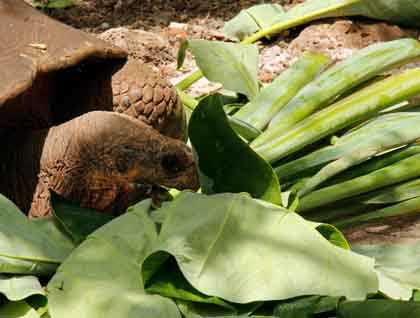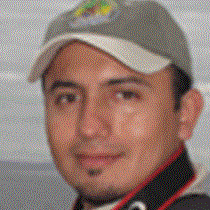Santa Cruz is the second largest Island in the Galápagos, and the most populated; that particular fact made our day very special, it gave us the chance to get to know more about the people that live in the Islands, as well as to see their incredible surroundings very rich in wildlife.
Our morning was unusual, because of the variety of activities our guests had to choose from. Some went surfing on a local beach while others went scuba diving to explore the underwater world of a neighboring islet. However, most visited the Charles Darwin Research Station to observe step by step how the rearing program of giant tortoises works successfully. Many baby tortoises that were about to be released back in to the wild were found at this site, along with big adult tortoises. The one that caught everyone’s attention was a male tortoise from Española Island named Diego, who was given back to Galápagos by the San Diego Zoo. He was returned to support us in saving the Española tortoises from extinction. Diego is now one of the fathers of more than 2000 tortoises that have already been repatriated in Española Island.
Later in the morning before getting to our restaurant in the highlands, we stopped at “El Trapiche,” a sugar cane mill where a nice local family let us try all of the products they are making with sugar cane juice as well as a very good organically grown Arabic coffee.
In the afternoon after a delicious lunch, for the first time in the week we were able to explore a new ecosystem for us in the Galápagos Islands; the highlands of Santa Cruz. Located in the transitional zone, where big trees and lush vegetation create unique landscapes, there is an abundant diversity of fauna, especially great numbers of giant tortoises. After exploring this area we were able to find a lot of giant tortoises, the average weight of these humungous creatures must have been around 500 pounds!







